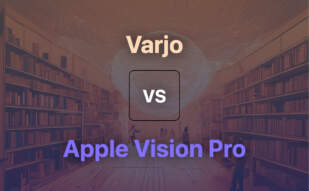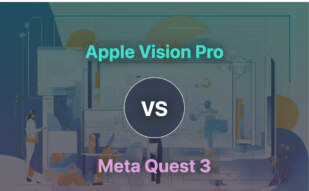For VR developers seeking advanced mixed reality solutions, Apple Vision Pro offers a superior, compact, and immersive experience. But if you require robust enterprise functionality and industry-specific applications, Microsoft HoloLens is your go-to.
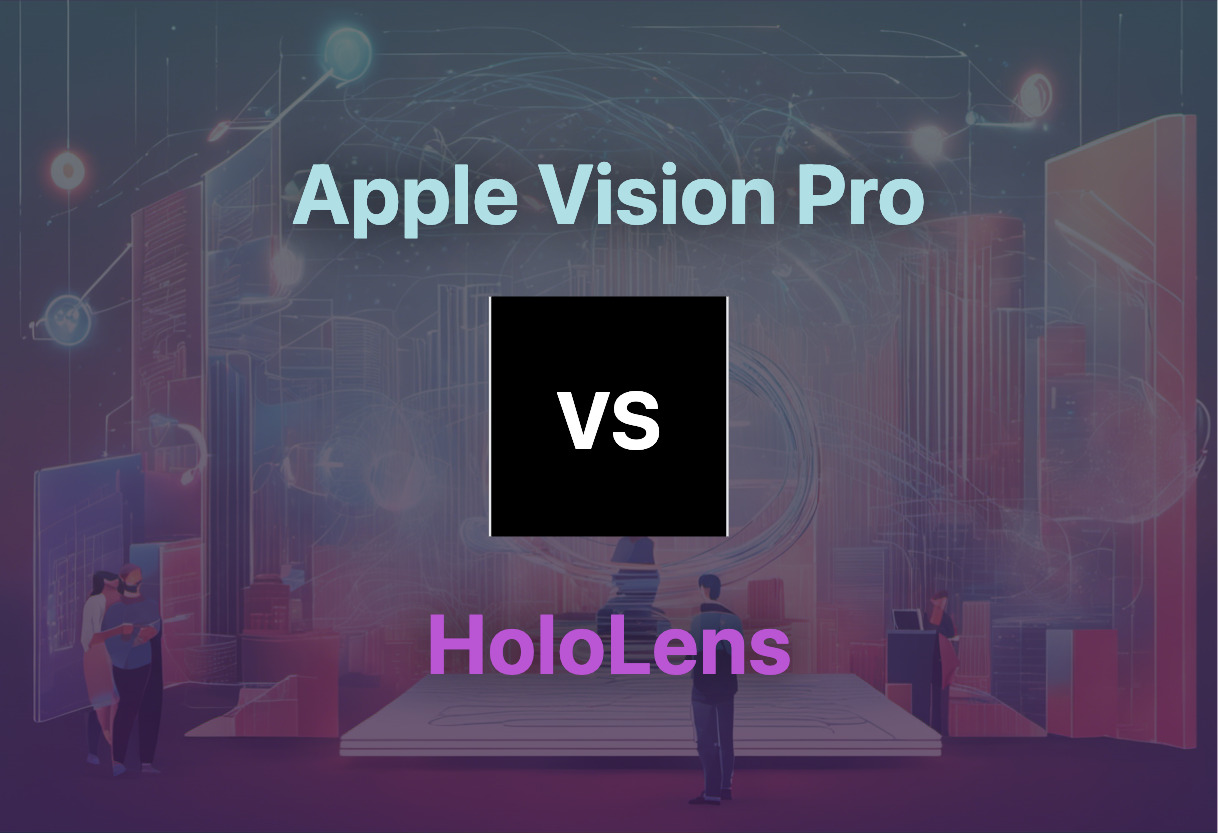
Key Differences Between Apple Vision Pro and Microsoft HoloLens
- HoloLens focuses on enterprise-ready applications, while Apple Vision Pro leans towards personal and social usage.
- Vision Pro offers an “infinite canvas” for apps, while HoloLens integrates with existing Microsoft Azure cloud services.
- HoloLens is already on the market and has real-world use-cases. Apple Vision Pro is set to launch in 2024.
- Apple’s Optic ID offers unique iris-based security, while HoloLens uses general biometric recognition.
- Apple combines Spatial Audio with superior displays providing personal theatre experience. HoloLens offers immersive spatial audio with holograms.
- HoloLens can be integrated with hardhat systems for fieldwork. Apple Vision Pro doesn’t have such a feature yet.
| Comparison | Apple Vision Pro | Microsoft HoloLens |
|---|---|---|
| Technology | Mixed Reality | Mixed Reality |
| Navigation | Voice, eyes, hands | Voice (Cortana) |
| Unique Features | ‘Infinite canvas’, 3D Camera, Digital Crown control, Optic ID | Holograms, cloud integration (Microsoft Azure), industrial applications |
| Security Features | Optic ID iris recognition | Biometric recognition |
| Collaboration and Productivity Features | FaceTime video tiles, simultaneous document work | Microsoft Teams integration, holographic dashboards |
| Industry Applications | TBD | Healthcare, manufacturing, education |
| Design and Comfort | Glass front, compact form, elastic strap | Ergonomic, integrated with hardhat systems |
| Sound | Spatial Audio | Spatial Audio |
| Pricing | Starting at $3,499 | Standard at $3,500, Industrial Edition at $4,950 |
| Release Date | Early 2024 | First version in 2015, HoloLens 2 currently available |
What Is Apple Vision Pro and Who’s It For?
Apple Vision Pro, Apple’s pioneering mixed reality headset, transforms digital content into your physical space with an ‘infinite canvas.’ It introduces a dynamic shift in the technological terrain, navigating with voice, eyes, and hands. Whether you are a tech enthusiast, a professional in need of an innovative workspace, or someone seeking a revolutionary entertainment experience, Apple Vision Pro is for you.
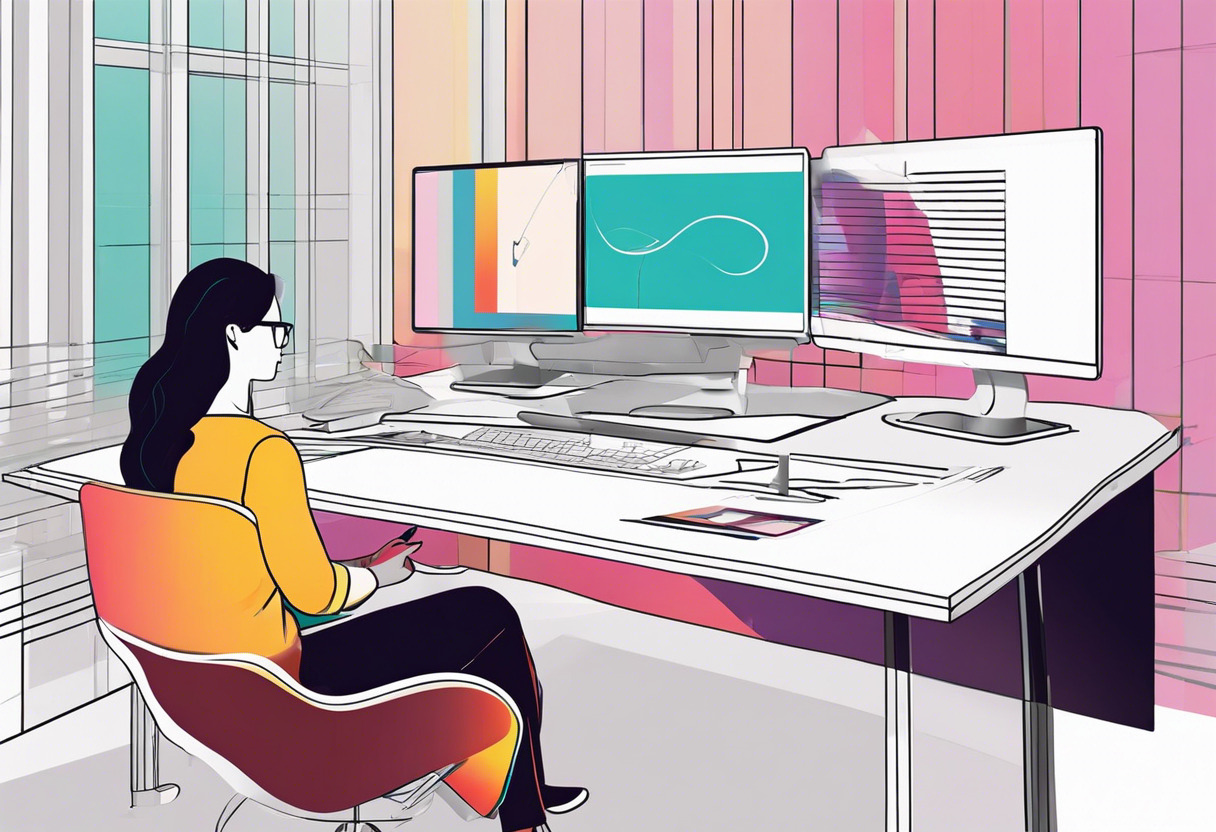
Pros of Apple Vision Pro
- Utilizes an ‘infinite canvas’ for apps, delivering an immersive augmented reality experience.
- Offers advanced privacy features such as Optic ID, enhancing user security.
- Combines compact design with high performance, creating a user-friendly device.
Cons of Apple Vision Pro
- Non-removable external battery with limited 2-hour runtime.
- High expense with prices starting at $3,499.
- Possible discomfort due to prolonged wear of headset.
What Is Microsoft HoloLens and Who’s It For?
The Microsoft HoloLens, a stellar mixed reality product, has impeccably amplified productivity levels across sectors such as healthcare, manufacturing, and education. Launched in 2015, the HoloLens and its successor, HoloLens 2, supply enterprise-ready applications and ergonomic, untethered holographic devices. If you’re an efficiency-hungry professional aiming to magnify your output or a business seeking trailblazing tech solutions, this is for you.
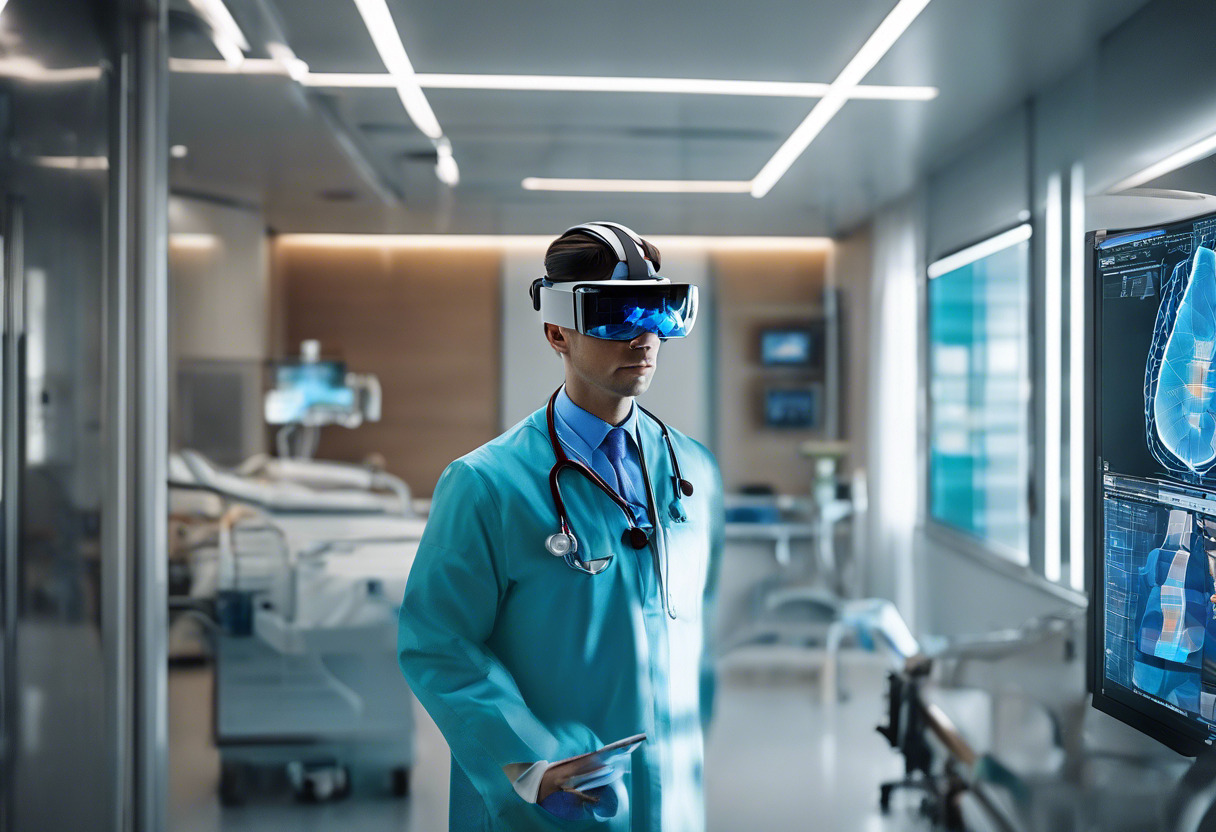
Pros of Microsoft HoloLens
- Boosts productivity across diverse sectors through interactive holograms and voice control features.
- Valuable for remote assistance, especially in pandemic conditions.
- Integrated with hardhat systems for safety in hands-on industries.
Cons of Microsoft HoloLens
- High cost, with prices beginning at $3,500 for the standard version.
- Limited field of view compared to competitors.
- Not optimized for consumer use or entertainment.
Apple Vision Pro vs Microsoft HoloLens: Pricing
When it comes to pricing, Apple Vision Pro starts at $3,499, and the Microsoft HoloLens line ranges from $3,500 to $4,950.
Apple Vision Pro
Expected to hit the market in early 2024, Apple Vision Pro is priced at a starting estimate of $3,499. As part of Apple’s entry into the mixed reality headset market, these AR glasses are packed with high-end features — offering an immersive entertainment experience with an interactive ‘infinite canvas’, advanced voice and eye controls, and a long list of other cutting-edge tech advances.
Microsoft HoloLens
The Microsoft HoloLens product line, already on the market since 2015, presents a price range between $3,500 for the standard edition, and $4,950 for the Industrial Edition. The HoloLens is designed for a plethora of usage scenarios, boasting an increased number of practical applications that have already been integrated into various industries and sectors.
Apple Vision Pro vs HoloLens: Your Mixed Reality Match
Both Apple Vision Pro and HoloLens offer mind-bending experiences; still, the ‘right one’ depends on where you land among our audience segments.
Developers and Game Makers
Apple Vision Pro light up your alley if you’re innovative and like uncharted areas. It offers an infinite canvas for apps, advanced tools such as ‘VisionOS’, and the existing ecosystem of macOS, iOS, and iPadOS. HoloLens, unbeatably brings a mature market with established use-cases and integration with robust tools like Azure and Teams.
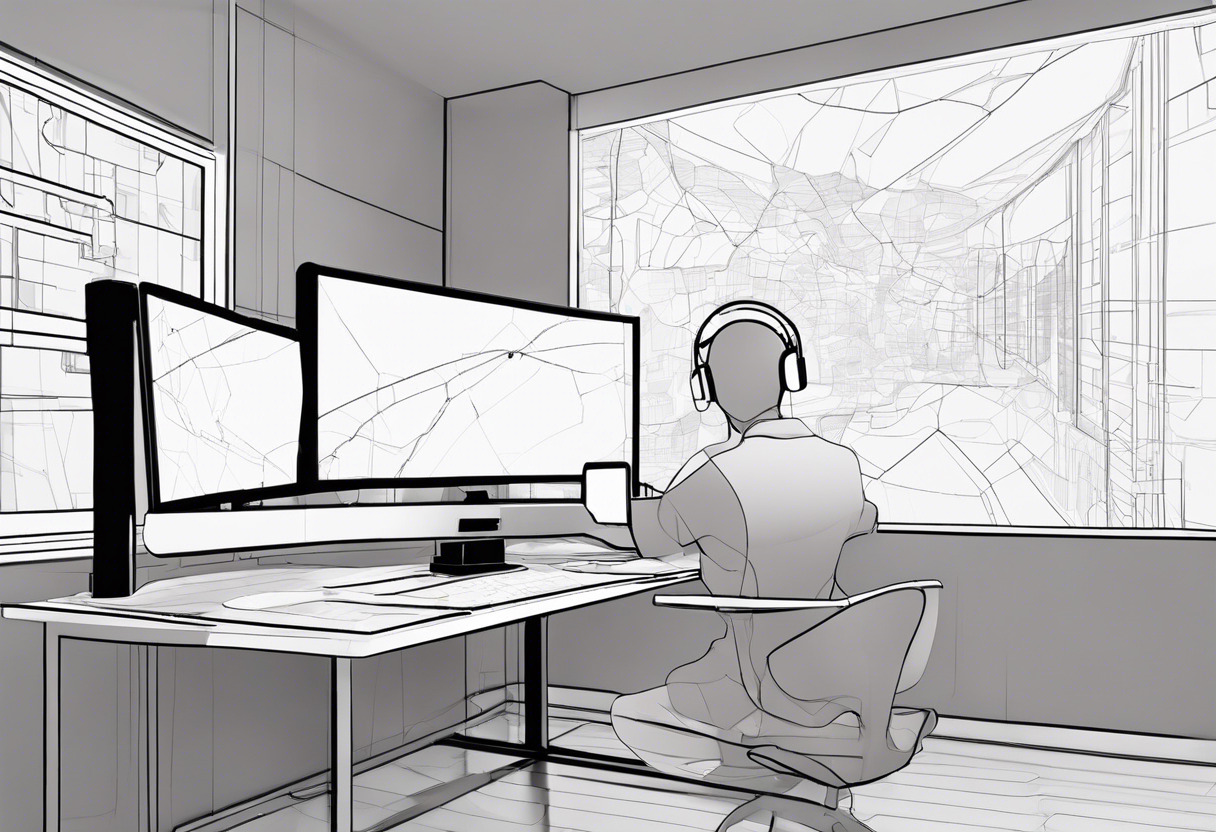
AR/VR Creators
Digitize your imagination with Apple Vision Pro’s spatial photos and videos. However, for industry-specific creations, HoloLens shines. Its use in surgery planning, deep-space construction, military training means it’s built to deliver professional, industrial-grade experiences.
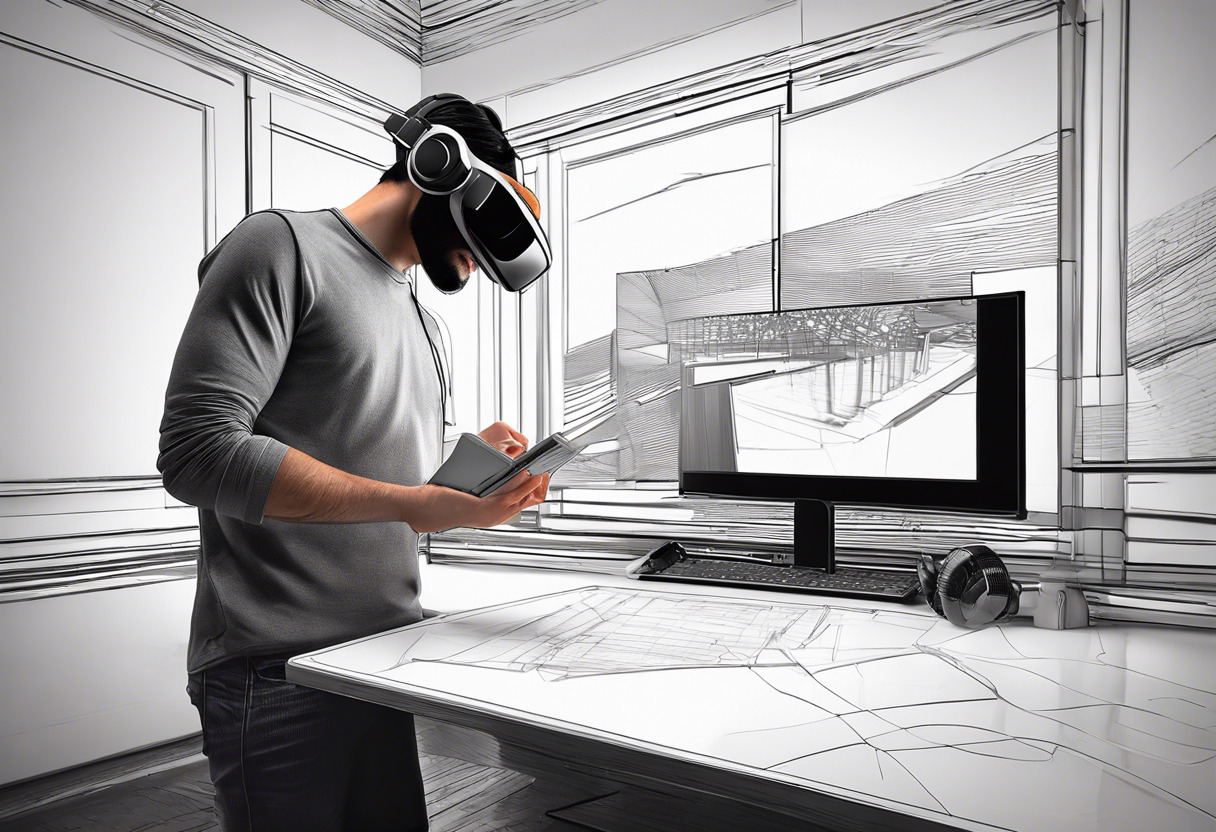
Tech Enthusiasts
Envision yourself playing around with Apple Vision Pro’s Immersive 3D content and ‘EyeSight’ feature. For HoloLens, it’s Microsoft’s inclusion of gamified experiences like Minecraft and advanced visualizations like HoloTour. Ironically, your choice here is not tech-based; it’s personal preference.

If you’re an innovative developer, bet on Apple Vision Pro’s untested waters. For industrial-grade experiences, Microsoft’s HoloLens stands unrivaled. Personal experiences? A toss-up between Pro’s ‘EyeSight’ function and Microsoft’s gamification.
Grant Sullivan
Content writer @ Aircada and self proclaimed board game strategist by day, AI developer by night.




